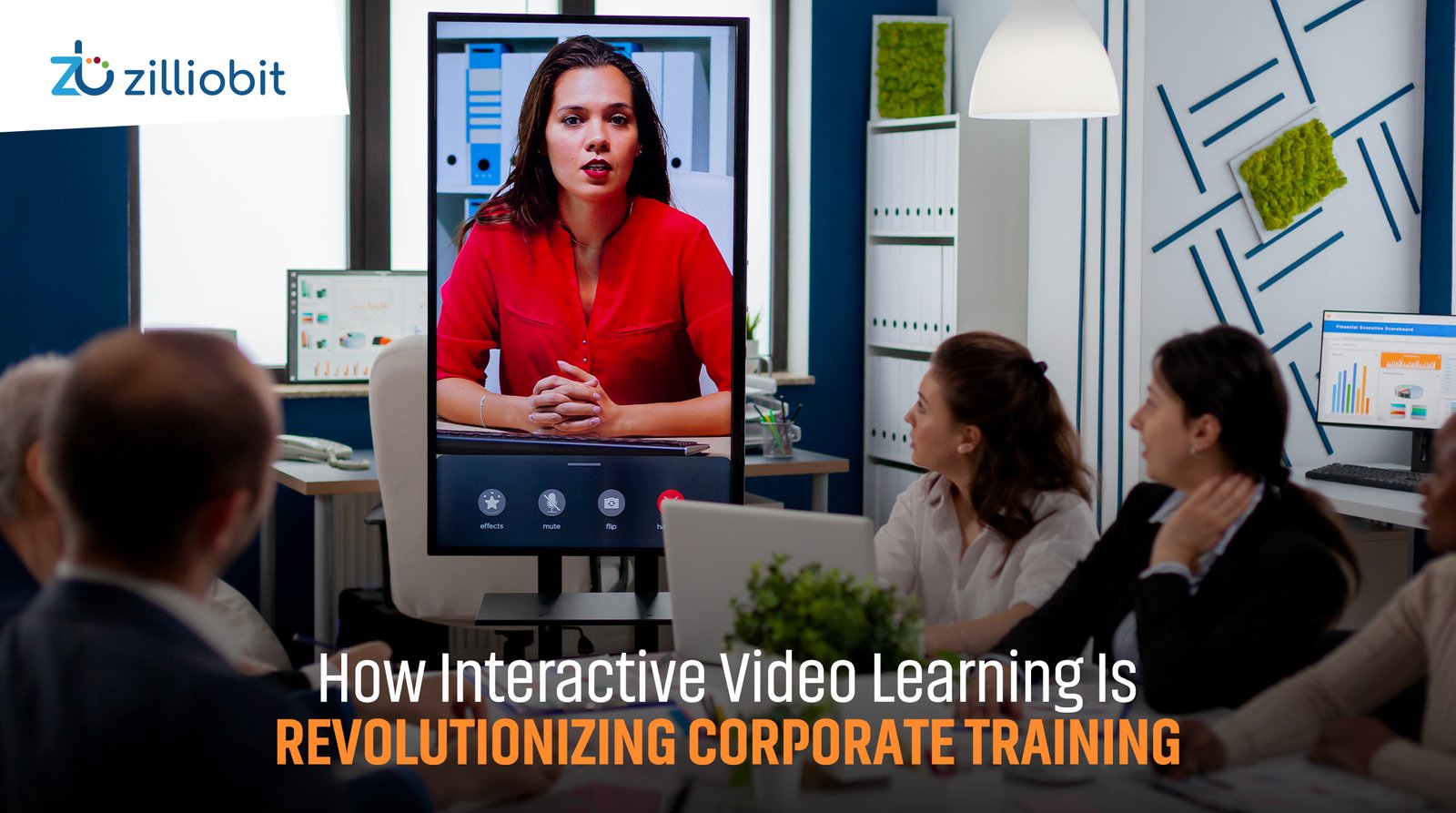Creating an Inclusive Learning Environment: Strategies to Empower Your Diverse Workforce
4 minutes to read

Introduction
The workforce is becoming increasingly diverse, and organizations that want to attract and retain top talent need to create an inclusive learning environment. Inclusive learning is about providing opportunities for all learners to learn and grow, regardless of their background, abilities, or learning style.In this blog, we will explore effective strategies to cater to diverse learner needs, enabling your learning and development team to design inclusive and impactful training programs.
Understanding Diverse Learner Needs
-
Different Learning Styles and Preferences
Every learner has a unique way of acquiring knowledge. Some excel through visual stimuli, while others prefer hands-on activities or auditory input. Recognizing and accommodating these diverse learning styles significantly enhances engagement and comprehension. For example, you can offer video-based content, gamified content, or branching scenarios (simulations) to cater to different preferences. -
Varied Cognitive Abilities and Disabilities
Learners may possess diverse cognitive abilities or disabilities that necessitate careful attention. Empowering individuals with varied learning needs to fully participate involves offering alternative formats, providing clear instructions, and incorporating assistive technologies, with a focus on enhancing accessibility. -
Cultural and Linguistic Diversity
Global organizations consist of employees from diverse cultural backgrounds and linguistic abilities. Enhancing the localization of learning materials by ensuring cultural sensitivity and providing multilingual options facilitates overcoming language barriers, fostering an inclusive learning environment. Infuse diverse perspectives into course materials and incorporate translations or subtitles to ensure the content’s accessibility to all learners.
Strategies for Inclusive Learning
-
Flexible Instructional Design
Adopting flexible instructional design accommodates diverse learner preferences. Customize content and delivery methods, offer multiple learning pathways, and incorporate multimedia and interactive elements. This approach ensures that learners can engage with the material in a way that suits their individual needs and preferences. For example, provide options for learners to choose video-based or text-based content, or offer interactive simulations alongside traditional lecture-style lessons. -
Accessibility and Universal Design
Ensure that your learning materials and platforms are accessible to all learners. Implement digital accessibility standards, utilize assistive technologies like screen readers or closed captions, and apply universal design principles from the outset. By doing so, you create an inclusive learning environment that benefits everyone. Consider conducting accessibility audits of your learning materials and platforms to identify and address any potential barriers. -
Collaboration and Peer Learning
Encouraging collaboration and peer learning fosters a sense of community and supports diverse perspectives. Promote teamwork through group projects, facilitate peer-to-peer learning, and provide opportunities for learners to share their experiences and insights. This approach allows individuals to learn from one another and creates a rich and inclusive learning environment. To ensure equal participation, establish clear guidelines and norms for collaboration and encourage active inclusion of all team members. -
Personalization and Adaptive Learning
Embrace personalized learning approaches that cater to individual learner needs. Tailor learning experiences by offering adaptive technologies and platforms that adjust to each learner’s pace and preferences. Empower learners with self-paced and self-directed learning options, enabling them to take ownership of their learning journey. Provide opportunities for learners to set goals, choose learning paths, and receive feedback tailored to their individual progress. -
Training and Support for Instructors
To implement inclusive learning effectively, provide comprehensive training and support for your instructors. Offer professional development opportunities focused on inclusive teaching practices, provide resources and guidelines for designing inclusive learning materials, and foster awareness and understanding of diverse learner needs among instructors. By equipping instructors with the necessary tools and knowledge, you create a ripple effect of inclusivity throughout your training programs. -
Evaluating and Adjusting Strategies
Continuously evaluate and adjust your strategies to ensure inclusivity. Collect feedback from learners through surveys, focus groups, or learning analytics platforms to understand their experiences and challenges. Analyze data on learner performance and engagement to identify areas for improvement. By involving learners in the process and leveraging data insights, you can iterate and refine your inclusive learning practices continually.
Inclusive learning strategies play a pivotal role in corporate training and development, as they enable organizations to empower all employees, regardless of their diverse needs and backgrounds. By embracing flexibility, accessibility, collaboration, and personalization, learning and development teams can create an inclusive learning environment that maximizes engagement, knowledge retention, and the overall success of training programs.
LET US BE YOUR PARTNER IN BUILDING A WORKPLACE CULTURE THAT IS TRULY INCLUSIVE AND EQUITABLE FOR ALL?
Let’s Talk


